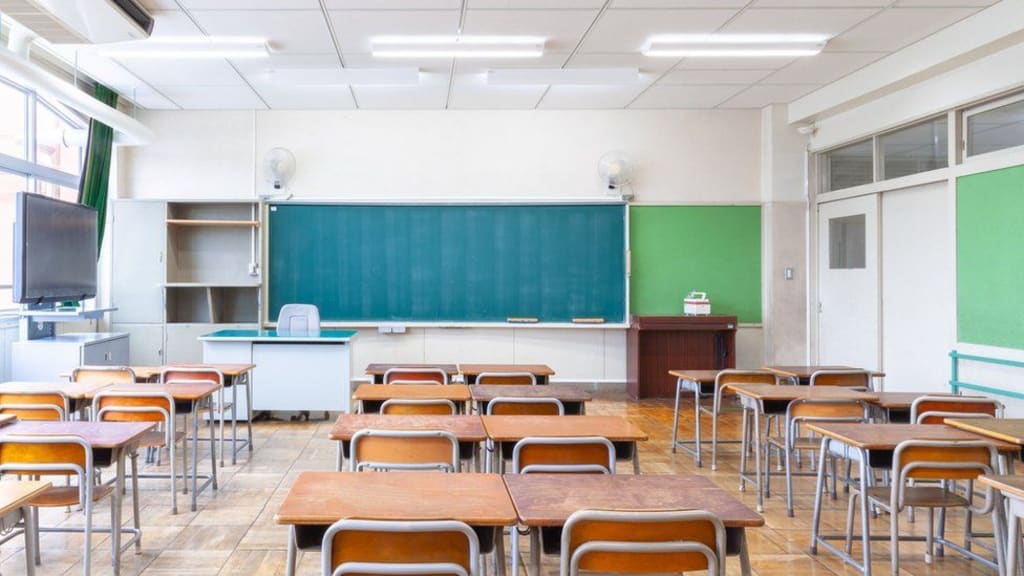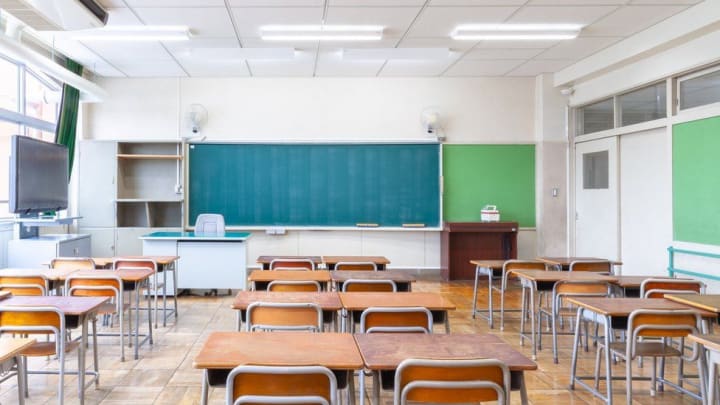
During the COVID-19 epidemic, the pace and scope of the change to remote online learning put students’ flexibility to the test. During the year 2020, we studied over 1,500 students from nine Australian high schools and discovered substantial relationships between their adaptability and how well they did with online learning.
During the COVID-19 epidemic, the pace and In term 2, students with more adaptability were more comfortable with online learning. By the fourth semester, they had made more academic progress.

The main takeaway from these studies is that adaptation is a talent that can be learned. We’ll talk about ways to train pupils to be more adaptive later in this post.
What exactly is adaptation, and why is it important?
For more than a decade, we’ve been researching adaptation. In reaction to a disturbance, the word refers to changes in one’s behavior, thoughts, and feelings.
The epidemic put every student’s ability to adapt to change to the test. The transition to online schooling entailed a lot of upheaval and uncertainty.
Adaptability has been linked to student involvement and success at school and university, according to research. When it comes to online learning, the picture is muddled by the numerous aspects that have been identified as influencing its performance. Access to technology, academic aptitude, instructional quality, socioeconomic position, ethnicity, and particular learning assistance requirements are some of the factors to consider.
The interruptions caused by pandemics further added to the complexity.
What did the research uncover?
In 2020, we conducted a survey of 1,548 students from nine schools. It spanned a time of entirely or mostly online math study (from the start of term 2).
The Adaptability Scale was developed to determine how well pupils could adjust to disruptions in their life. They were given nine statements, such as “I am able to modify the way I do things to aid me in a new scenario.” On a scale of 1 (strongly disagree) to 7 (strongly agree), students were asked to reply (strongly agree).
They also responded to inquiries about:
their self-assurance as online students
Barriers to online learning include unstable internet, poor computing/technology, and a lack of a dedicated study location.
Barriers to online learning include unstable internet, poor computing/technology, and a lack of a dedicated study location.
contentment with the online learning platform are examples of online learning assistance.
Support at home, such as assistance from parents and relatives.
We assessed pupils’ arithmetic skills in the second survey. They took a second maths test in term four.
In term 2, we discovered that students with more flexibility were substantially more confident in online learning. In addition, these pupils improved their grades in term 4. Term 2 confidence in online learning was associated to term 4 achievement increases.
After controlling for a variety of other variables that influence online learning, we discovered that flexibility had a direct beneficial impact on student accomplishment.
Students’ online learning confidence was also influenced by online learning support and impediments. Support was connected to increased confidence, whereas obstacles were linked to decreased confidence.
As a result, in addition to concentrating on boosting children’ flexibility, parents and schools should work to reduce barriers to online learning and improve support.
So, how do you teach adaptability to students?
Increasing adaptability requires teaching pupils how to shift their behavior, thinking, and feelings in order to cope with change. In the face of new online learning challenges and expectations, for example, we may instruct students on how to:
1.alter their behavior by looking for knowledge and resources online or asking for assistance — for example, contacting an instructor for assistance with a new online learning management system like Canvas or Moodle.
2.modify their attitude by rethinking the new online activity — for example, they can examine the new chances the task provides, such as learning new abilities that will be useful in other areas of their lives.
3.When they are engaged in unfamiliar activities, they adjust their emotion by minimizing negative feelings or shifting the focus to positive feelings — for example, they might try not to focus on their disappointment when the teacher’s approach to online learning does not match the student’s preferences or skill set.
Adaptability is a life skill.
Of course, these modifications are beneficial in dealing with any type of disturbance. Adaptability is a life skill that may be taught to young people.
It’s a good idea to explain to kids that the three changes are part of a larger adaption process, and that they have power over each step. The procedure entails:
1.teaching pupils how to recognize major life disruptions and how to alter their behavior, thoughts, and feelings as a result
2.describing to children the many adaptations they may make to cope with the disturbance (using strategies like those described above)
3.encouraging students to see the beneficial consequences of these changes so that they understand the value of flexibility and are encouraged to adapt in the future
4.encouraging pupils to practice adjusting their behavior, thinking, and feelings such that adaptability becomes a habit.
It’s fair to argue that some kids are more adaptable than others. Adaptability, on the other hand, may and does vary with time, according to our longitudinal research among high school students. It is a personal characteristic that may be changed. This is fantastic news.
We are continuously exhorted to adjust to a “new normal” in the face of major disruptions caused by COVID-19. The growing prominence of online learning is part of this new normal. Adaptability, according to our results, is a valuable personal trait that can aid students in their online learning throughout the epidemic — and possibly beyond.





Comments
There are no comments for this story
Be the first to respond and start the conversation.